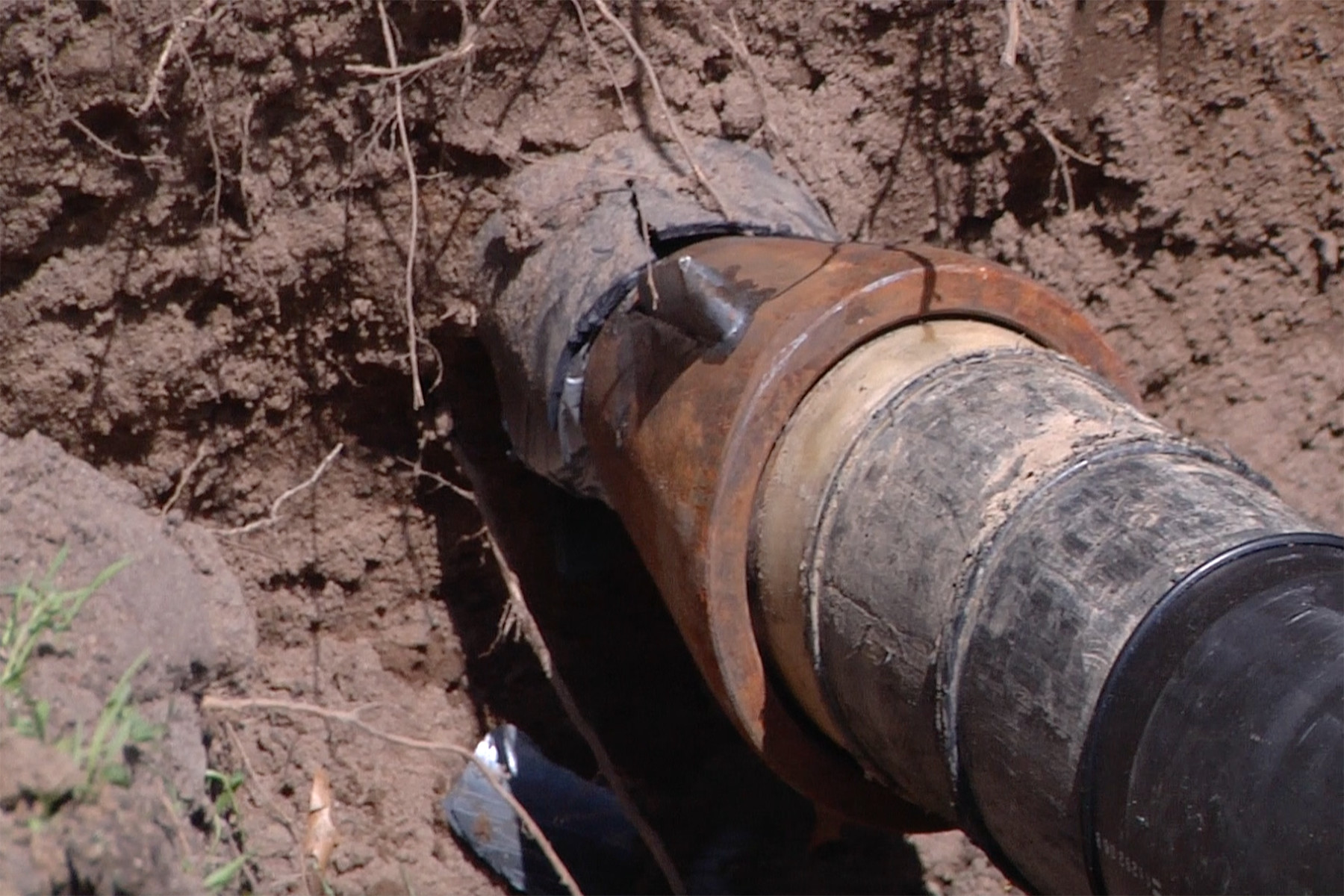Winter is a time when sewer clogs are more common than any other season. However, if your sewer is clogged in winter, it may be more difficult to deal with because of the possibility of snow and frozen soil. The first thing you need to do is understand the five possible reasons why your sewer line could have become clogged in the winter.
1. Storms
Winter storms in our climate are more likely than snow to bring down rain. Storm drains and sewers can become clogged and blocked by a sudden winter storm.
2. Tree Roots
Tree roots can cause sewer clogs. They grow into the sewer to search for nutrients and water. Although tree roots aren’t likely to move in winter, it is possible for them to cause major problems in colder months. The roots start to move in the fall. Other debris can take weeks or months to build up and block the sewer completely. You could then have a backup.
3. Sagging Sewer Line
Sagging is a condition where a section of the sewer line is sunken. This can be caused by poor installation or changing soil conditions. The sunken section of the sewer can collect debris, which may lead to a full or partial clog depending on how deep it goes. These problems can occur in winter just as they do in other seasons.
4. Soil Disturbances
Solil disturbances can cause sewers to burst, bend, crack, or rupture, as well as other problems. What can disturb the soil? It could be natural processes or constructions, heavy machinery, or other heavy objects that are on your property.
5. Improper Disposal
The main cause of a sewer blockage is stuff being flushed down the toilet and into the drain. In winter, when it’s too busy cooking, improper disposal is more common.
Signs of sewer clogs
How can you tell if your sewer is clogged? You can look for the following signs:
- Multiple fixtures can clog: If one fixture is blocked, then it’s likely that there is a problem with the drain line below. If multiple lines become clogged, the problem may be in the sewer.
- Backups: Backups occur when water backs up through your drain even if you don’t have a sink. It is most common to see water in the bathroom after flushing the toilet. This is an indication of a sewer blockage.
- Slow draining: If your fixtures drain slowly, it could be a sign that you have a clog. A partial clog can quickly become a bigger problem so make sure you get it checked out immediately.
Sewer clogs can happen in winter just like in other seasons. Don’t ignore these signs. If you notice them, contact a Minnesota sewer line specialist immediately.

